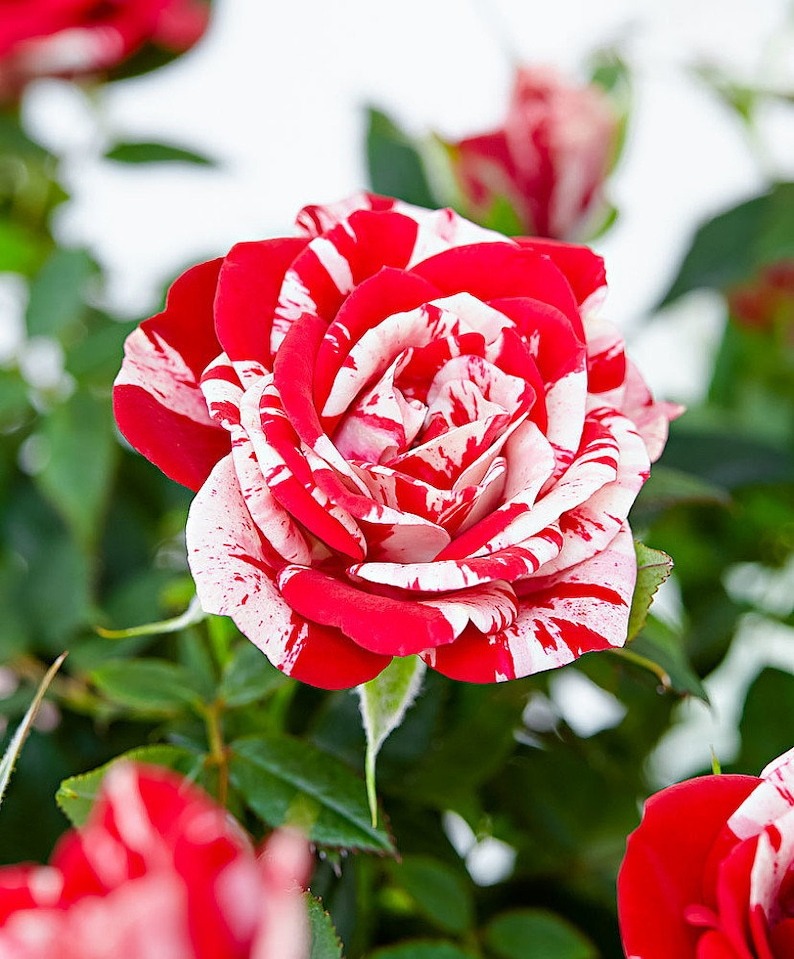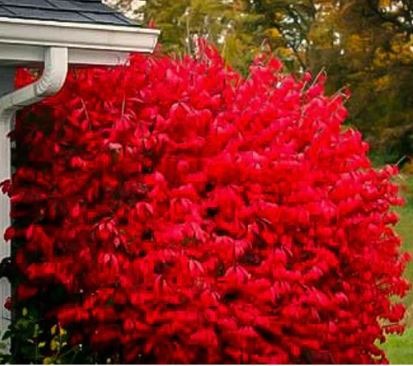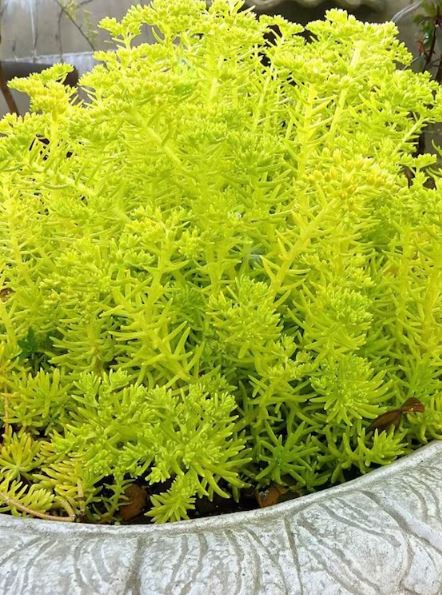
Welcome to the Miniature Rose
Miniature Rose
Miniature roses are a type of rose cultivar that are smaller in size compared to traditional rose bushes. They are often grown in pots and are popular for their compact growth habit and abundance of small blooms. Miniature roses typically have smaller leaves and flowers, but they come in a wide range of colors and exhibit the same fragrance and beauty as larger roses.
Care Guide
- Selecting the Plant:
- Choose a healthy miniature rose plant from a reputable nursery or garden center.
- Look for plants with green leaves, no signs of pests or diseases, and well-developed root systems.
- Choosing a Location:
- Miniature roses require at least six hours of direct sunlight per day, so select a sunny location for your plant.
- Ensure the area has well-draining soil to prevent waterlogging, as roses don’t like to sit in water.
- Planting:
- Prepare the planting area by loosening the soil and incorporating organic matter like compost.
- Dig a hole slightly larger and deeper than the root ball of the rose plant.
- Place the plant in the hole, ensuring the bud union (the swollen area where the rose was grafted onto the rootstock) is level with or slightly above the soil surface.
- Backfill the hole with soil, firming it gently around the roots.
- Water the plant thoroughly after planting to settle the soil.
- Watering:
- Miniature roses prefer consistently moist soil but not soggy conditions.
- Water deeply when the top inch of soil feels dry, allowing the water to penetrate the root zone.
- Avoid overhead watering, as wet leaves can encourage fungal diseases.
- Mulching around the base of the plant can help retain moisture and suppress weeds.
- Fertilizing:
- Feed your miniature rose with a balanced rose fertilizer following the package instructions.
- Start fertilizing in early spring when new growth begins and repeat every four to six weeks during the growing season.
- Water the plant before applying fertilizer to prevent root burn.
- Avoid fertilizing late in the growing season to allow the plant to harden off before winter.
- Pruning:
- Prune miniature roses in early spring before new growth emerges.
- Remove any dead, damaged, or crossing branches.
- Shape the plant by cutting back about one-third of the overall height, making clean cuts just above an outward-facing bud.
- Remove spent flowers throughout the growing season to encourage continuous blooming.
- Disease and Pest Control:
- Monitor your miniature rose for common rose diseases like powdery mildew, black spot, and rust.
- If signs of disease appear, consult with local gardening resources or use appropriate fungicides as recommended.
- Keep an eye out for pests like aphids, thrips, and spider mites. Use insecticidal soaps or consult with experts for suitable pest control methods.
- Winter Care:
- In colder climates, protect your miniature rose from harsh winter conditions by covering it with a layer of mulch or bringing it indoors to a cool, dark location.
- Water the plant sparingly during winter dormancy to prevent drying out.





